Dead Cells is a modern game that showcases its inspirations well. A dash of Dark Souls here, a sprinkle of Castlevania there, and a pinch of Metroid for good balance. Drawing from games that featured clear objectives, however, it certainly finds itself in a new category of games — a game with permadeath and danger lurking around every corner. A death in Dead Cells means learning from your mistakes and trying again and, while the game feels like something fresh and new, it certainly reminds me of the games of yesteryear.
Back in the late seventies and early eighties, player’s lives in video games were literally worth money to the arcade industry. Games were made ridiculously difficult in order to show ‘Game Over’ to all but the most elite gamers, requiring yet another quarter to play. It was a rough time in history to expand beyond this philosophy, as it made the arcades their money: and these held the only ‘game’ in town, as home consoles were not popularized yet.
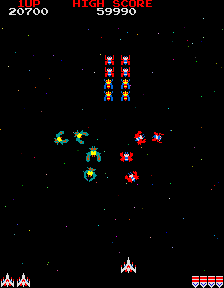
Even as the Atari 2600 and the Nintendo Entertainment System brought video games into the home, the difficulty didn’t seem to ease up. The term ‘Nintendo hard’ was commonly used to describe the games of this era. This was due to the developers being the ones testing the games, getting very good at them, and claiming them too easy, which they then increased the difficulty to compensate for. This lead to these challenges within the games that required players to learn from mistakes, expect the unexpected and basically learn what not to do from every death they endured.
Once the 16-bit generation rolled around, the difficulty rounded off and games began to explore the possibility of how gameplay mechanics worked. No longer did there seem a requirement for cheap deaths and nail-biting split-second button presses in order to avoid yet another game over. Modern gaming (at the time) became about exploring the possibilities of what could be pushed with graphics (even with their tight limitations) and how much art could be squeezed into each game.
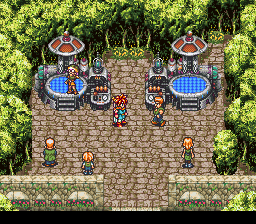
Eventually, games starting taking a more artistic approach to their development. While gameplay was still an important element, it was pushing the artistic boundaries and exploring the unexplored with a video game that really lead to somewhat of an ‘artistic movement’. Some games, like the beautiful game Flower, even went to single button presses and motion controls to give the sense of being free as you controlled the flower petals (and subsequently the wind that blew them) around the breathtaking vivid landscapes.
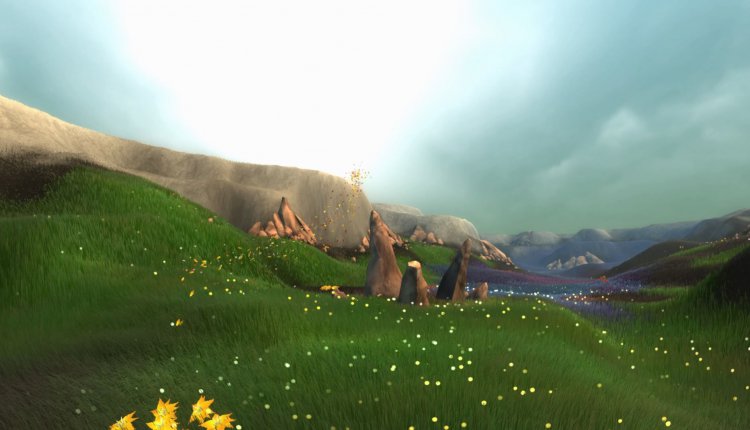
Within the last decade or so, it seems that gaming has sort of come into its own as a recognized art form, and with the open ability for almost anyone to create games (due to the increased openness of the tools game developers use and the vast array of videos teaching game development on Youtube), the definition of the ‘independent game developer’ has taken shape. Now, the ideas which were thrown out for being too small in scale or perhaps too niche, were being able to be explored fully and new genres of games have even come from this revolution. Game developers finally became not so interested in providing you with a ‘Game Over’ screen, but an experience to play through, a tailored tale of interactive wonderment.
Some of my personal favorites are games that fall into this category, but I am particularly fond of these games that abandon the idea that death in a video game is a necessity. 2008’s Prince of Persia is probably my favorite example of a game that turned death into a game mechanic. You play as the Prince (the game never gave him a proper name) and are accompanied by the princess Alika. If, during the game, the Prince fell during combat, or literally fell to his death, Alika will teleport to him and save him at the last moment. This didn’t come into its full potential until near the end of the game during one of the boss encounters; Alika is cloned as an illusion and you have to find the ‘real one’. In order to find her, you have to jump off the tower you are standing on, and she saves you, dispelling the illusion and then taking you to the real boss fight. This little addition to the game really solidified the purpose to the mechanic and made it iconic for me.
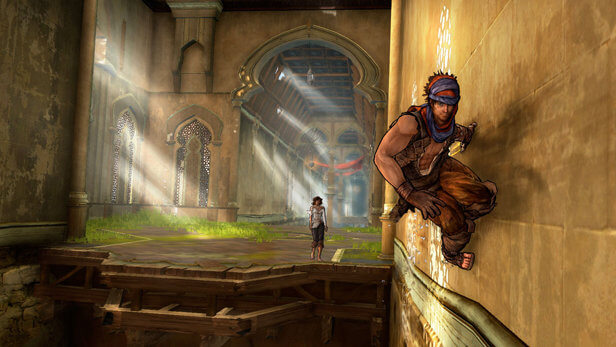
Shortly after the release of Prince of Persia, in 2010, a company named Chair Entertainment released a highly anticipated game on iOS devices – Infinity Blade. This medieval fighting game was likely the most graphically impressive game when it released, especially considering it was a mobile game. Huge 3D setpieces, detailed bosses and character customizations were a new foray in what could be done with such a limited device. It’s swipe-based combat system (where you could parry, block and attack depending on the swipe direction) was revolutionary at the time and brought a new type of RPG to the platform.
The main narrative and gameplay draw in Infinity Blade is that the story and gameplay are cyclical, in that you never die, but come back as a descendant of the previous fighter. This allowed players to gain weapons, gold and such from each playthrough, allowing you to essentially progress through the death of the previous ‘run’ and expanding the challenge of the game into an endless romp through dungeons and towers. It was a new concept that continued through the two other sequels, Infinity Blade II and Infinity Blade III, while adding additional story arcs and characters to the mix.
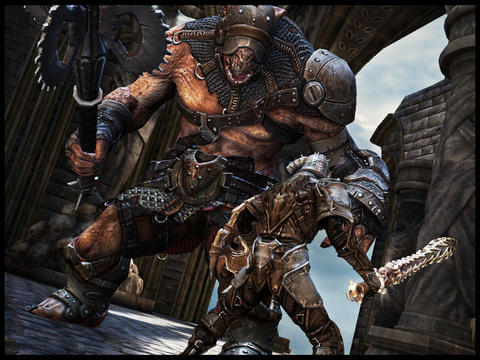
Finally, in 2018, a challenging ‘roguevania’ platforming game named Dead Cells came along and perfectly distilled the death mechanic that had been played with over so many years. You begin the game as an amorphous blob, crawling out of a pipe in a dungeon, and possess a lifeless (and headless!) body on the floor. From there, you are given a brief ‘this button does this’ tutorial, and set off on your adventure to — well they don’t really tell you what your objective is.
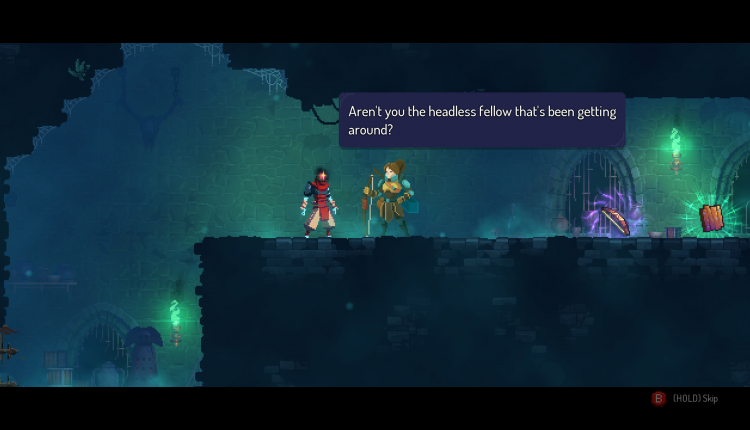
What makes the game so riveting for this particular genre is that you can never die. Platforming games solely exist on hearts, coins and lives (or their many variations); it’s their lifeblood and nearly the definition of the game genre itself. In Dead Cells, there is always you, the blob. There are always the willing corpses (as willing as they can be, anyway). It’s a cyclical process but with a twist — let me explain.
You see, in Dead Cells, there is, of course, the really hard difficulty, which leads to a lot of ‘deaths’, but there is a progression system that has you reaching ‘checkpoints’ and achieving goals. By killing enemies you can gain cells. 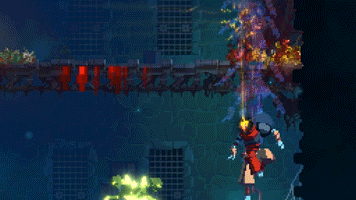 You then use these cells to unlock upgrades, weapons, mutations and more in ‘The Collector’s Room’ in-between areas. After unlocking some of the permanent upgrades, you can continue to use them during your following runs, essentially a levelling up system of sorts with directly is affected by your skills. Kill more enemies, get more cells, gain more abilities; rinse and repeat.
You then use these cells to unlock upgrades, weapons, mutations and more in ‘The Collector’s Room’ in-between areas. After unlocking some of the permanent upgrades, you can continue to use them during your following runs, essentially a levelling up system of sorts with directly is affected by your skills. Kill more enemies, get more cells, gain more abilities; rinse and repeat.
Another great feature is allowing you to gain ‘mutations’ from a vendor between areas. These free upgrades (one given in each area) allow you to change things about yourself, like a 30% health boost, adding DMG (damage per second) after killing your enemy, or even recovering health after killing enemies. You don’t get to keep them after starting over, but it brings a sense of experimentation to the game by trying what works best for your personal playstyle.

Weapons, traps and accessories (such as amulets) are found around the environment or can be purchased by a vendor. Conveniently, after a restart, the ones you’ve found so far tend to show up quicker than new ones, so you can almost always find the ones you lost recently. This lends itself to not really feeling the permanence of death, as you can quickly gain your bearings and brings comfort from finding those more powerful weapons than the two you start with each time (which can also change depending on an upgrade).
Once you have powered up, moving through early areas is a breeze. That’s when Dead Cells offers you rewards for completion times in the form of ‘Time Gates’. These gates restrict access to an otherwise unreachable area filled with gold, gems, items and cells. Even though your time is always ticking, certain areas such as vendors serve as a ‘safe zone’ — where time is paused — which gives you a bit of a reprieve before diving back into the action. It’s a nice addition to a game that teaches you through difficulty and pushes you to complete areas faster as you get better at the game in order to reward you for your efforts. Teleporters allow for a quick return back to the main gameplay after exploring off the beaten path as well.

The formula is loosely based off of the ‘Roguelike’ genre but doesn’t involve tiles (obviously) or turn-based movement. The environments are all procedurally generated and that feels nice too. There’s certainly been some care to make sure that each rendition of the levels feels unique and fresh. You literally never know what’s around the corner. Surprisingly, even with the cyclical nature of the game, it does lead to an ending after a final boss, but I won’t spoil any info about that here.
All of this wraps up into a complete game that is just brilliant. The combat feels tight, the enemies are challenging, the progression is a build-up to the next area or boss fight — yes, it has those — and overall, it just does something new that I’ve never seen before and does it well.

Dead Cells’ pixel-art’s beauty combined with a chilling soundtrack — that is both fitting and well-rounded — showcases a fine attention to detail and gives a nod to the games it borrows from. Dead Cells is certainly worth picking up if you are interested in the genre or diving into something new, and hopefully is the stepping stone for more games to follow.
Dead Cells is available now for Xbox One, Playstation 4, Nintendo Switch and on Steam. Also, check them out on Twitter for additional information.